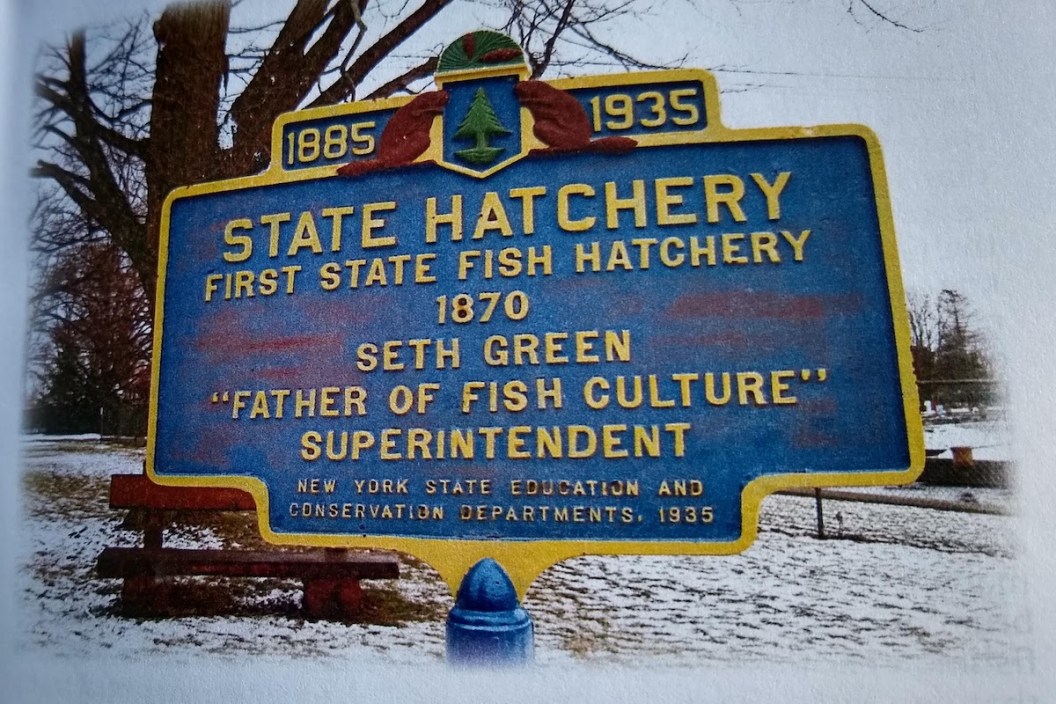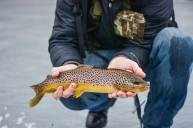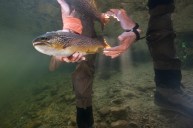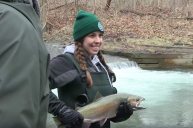Nearly every state in the union has fish rearing stations that grow and supplement species populations to keep them viable for future generations of anglers nationwide. These New York fish hatcheries are manned by wildlife fishery biologists who've spent years learning everything about the species we love to fish for and are an integral part of the ecosystem. One way they do this is by gathering the eggs of specific fish species and propagating them in tanks and sluiceways that recreate their native water-borne homes. In this way, these fish have a head start at survival and every chance to grow into adulthood, meaning they might eventually be a target for anglers like you and me. We want to introduce you to twelve fish hatcheries in New York that grow some of the most popular gamefish species. These hatcheries are beloved by sportspeople in the Empire State and, even better, grow species to considerable sizes. Here's to the best of the New York hatchery system, along with their surprising yield of sportfish for the everyday angler, no matter where they come from.
New York Fish Hatcheries: Salmonid Producers
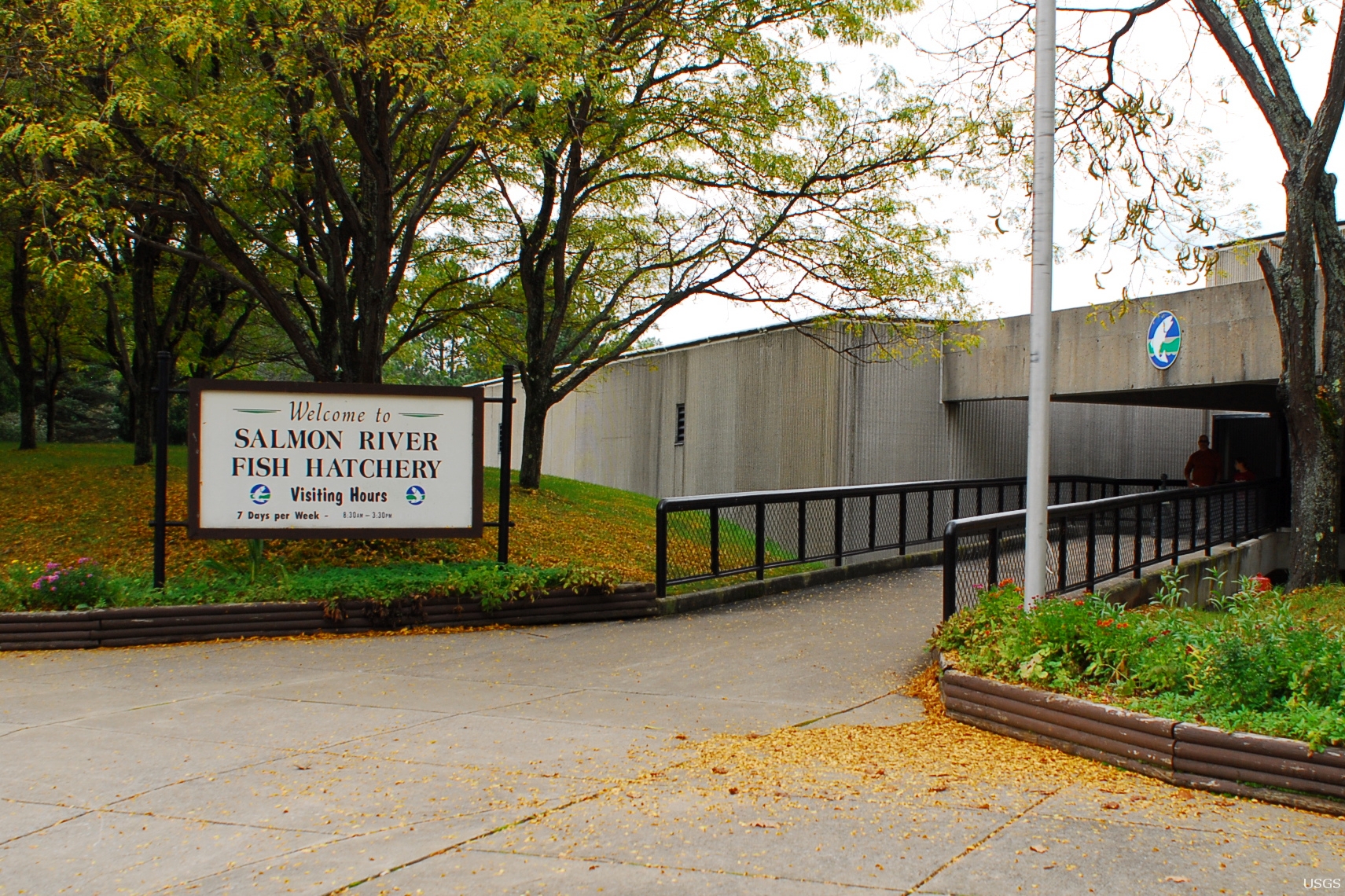
Marisa Lubeck, USGS, Public domain, via Wikimedia Commons
Salmon River Hatchery: The name is as fabled as the fishery. The Salmon River in Oswego County is synonymous with salmon and trout fishing, and has a reputation that goes virtually unmatched in the lower 48 states. This hatchery, located in the village of Altmar, is renowned for the number of visitors it gets each year. The Salmon River Hatchery is in such an ideal place that biology teams routinely gather millions of eggs from spring steelhead every fall on their return up the river during their spawning runs. This hatchery stocks approximately 3.5 million trout and salmon each year in Lake Ontario and around New York State.
Caledonia Fish Hatchery: The Caledonia fish hatchery, located in the village of Caledonia, is not only the oldest in New York State but also the oldest in the western hemisphere. Established in 1864 by "The Father of Fish Culture" Seth Green, Caledonia rears most of the state's two-year-old brown trout stocked in New York, including Lake Ontario. The hatchery currently rears both brown and rainbow trout. The big draw is the brown trout, which produces 90 percent of all the browns stocked in the state, and amounts to roughly 170,000 pounds annually. The hatchery is fed by Spring Brook and empties into the fabled trout stream, Oatka Creek.
Adirondack Hatchery: This hatchery rests about 12 miles from the village of Saranac Lake in Franklin County. It is famous for rearing New York's Landlocked Atlantic salmon smolts stock. With the Atlantic salmon being such an integral part of many freshwater (and saltwater) ecosystems, this crucial species gets a great start in the northern tier of New York State, with annual production reaching around 30,000 pounds.
Chateaugay Hatchery: Also located in Franklin County, the Chateaugay hatchery is known for rearing a unique variety of salmonid species. These include brown and rainbow trout, Raquette Lake strain lake trout, and brook trout, specifically a strain of brookies known as the Temiscamiex domestic hybrid used extensively to stock Adirondack Mountain lakes and ponds.
New York Trout Hatcheries
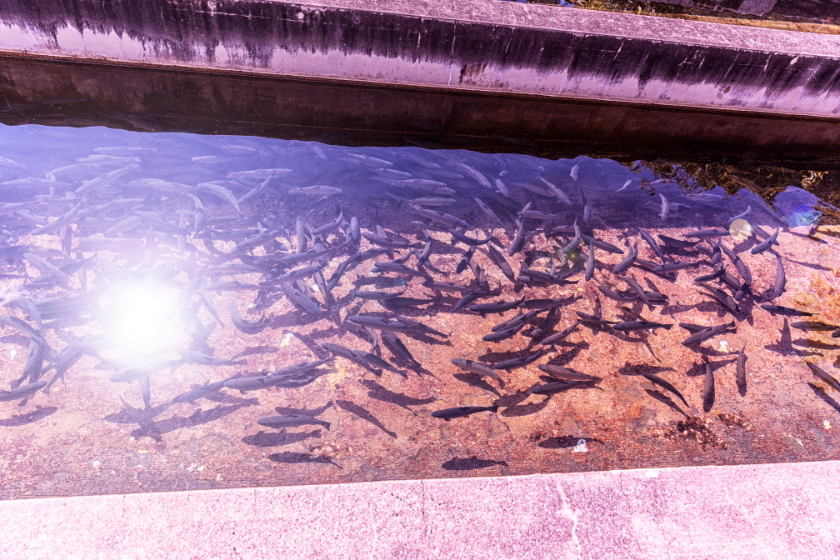
Willowpix via Getty Images
- Catskill Hatchery
- Bath Hatchery
- Randolph Hatchery
- Rome Hatchery (Rome Fish Disease Control Center or Rome Lab)
- South Otselic Hatchery
- VanHornesville Hatchery
The Rome Hatchery in Oneida County is one of the largest in the state. It produces an annual production of 160,000 pounds of brook, rainbow, and brown trout. The Randolph Hatchery in Cattaraugus County handles millions of brown, rainbow, and brook trout eggs yearly. In contrast, the Bath Hatchery includes the state's annual production of lake trout fry.
South Otselic and VanHornesville produce brook trout and rainbow trout, respectively. The South Otselic hatchery also produces pond-reared walleyes.
New York's Warm Water Hatcheries

Chautauqua Lake. Orchidpoet via Getty Images
Chautauqua Hatchery: Pond-reared walleye fingerlings are produced at the Chautauqua Hatchery, but it is the only hatchery in New York that incubates the eggs, raises, and makes pure strain, wild muskellunge. Egg collection from netting and trapping of muskellunge takes place during the spring spawning period on Chautauqua Lake. This allows the state's fabled muskellunge fisheries to thrive.
Oneida Hatchery:
Another hatchery in Oswego County, the Oneida Hatchery, is famous for rearing and stocking millions of walleye fry. After a reconstruction in 1992, the hatchery is now the rearing site of several rare or threatened fish species, such as the round whitefish, lake sturgeon, and even paddlefish!
Incredibly, the Oneida hatchery also rears the statewide supply of tiger muskellunge.
The Rome Fish Disease Control Center or Rome Lab specializes in research that explicitly tests and diagnoses wild fish for the presence of parasites and pathogens. Creating disease-resistant strains of fish to stock around the state may seem like a Frankenstein method. Still, as lifelong anglers, we can surely understand the need to have fish to supply that isn't spreading something in the wild that they may have caught in a rearing tank.
As in every state that raises its fish to stock, the science behind it must be absolute in detecting trouble before it occurs.
Please check out my book "The Hunter's Way" from HarperCollins. Follow my webpage, or find me on Facebook and YouTube.
